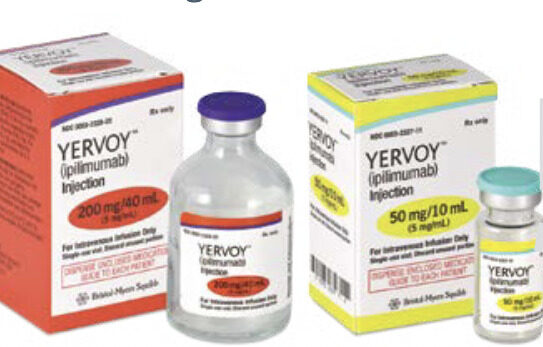Tillis Tells Judiciary Committee That Hyper-Focus on Patents Has Led to Lack of Progress on Drug Pricing
“I’ve been here for 10 years and the substance of this hearing is not materially different than the substance of hearings that I had in my first Congress here.” – Senator Thom Tillis (R-NC)
The full Senate Judiciary Committee met today to discuss ways to make U.S. prescription drugs more affordable, with a focus on the role patents play in high drug prices. Three of the five witnesses who testified pushed for various legislative and agency actions they claimed would help, while two of the witnesses said the patent system is working and that major changes like the ones proposed would gravely hinder incentives for innovation.
Professor Adam Mossoff of the Antonin Scalia Law School, George Mason University and Jocelyn Ulrich, Vice President, Policy & Research for PhRMA, were the two pro-patent witnesses on the panel. William Feldman, Associate Physician, Division of Pulmonary and Critical Care Medicine at Brigham and Women’s Hospital; Professor Arti Rai, Elvin R. Latty Distinguished Professor of Law at Duke Law; and David Mitchell, President and Founder of Patients for Affordable Drugs, all argued from different perspectives that patent abuses are the key reason Americans pay more than four times those in other economically comparable countries for the same drugs.


The issue of drug pricing is a largely bipartisan one, though Republicans and Democrats often blame different factors for the problem. Committee Ranking Member Lindsey Graham (R-SC) agreed that patent “abuses” such as patenting minor improvements and delaying generic entry into the market need to be curbed, but also blamed other countries that subsidize drugs for putting the financial burden on U.S. consumers for R&D done by U.S. companies. “What I don’t want to do is kill the goose that laid the golden egg,” Graham said. “The goal is to enhance medical science and deal with sheer greed. I want you to make a profit but the idea of playing games with patents needs to stop.”

Rai also proposed ensuring the “continued vitality” of the USPTO’s Patent Trial and Appeal Board (PTAB). “The PTAB is doing an excellent job,” Rai said. “Keep up the good work.”

Mossoff also explained that the statistics cited by Durbin on NIH’s role in the R&D process are misleading. As of 2018, Mossoff said, private companies invested $129 billion in private R&D funding, “which dwarfs the $40 billion or so by NIH.” One 2021 study showed that the 23,200 grants by NIH in the year 2000 were linked to just 18 FDA approved meds by 2020. “NIH funds very far upstream initial research and then once the university researchers figure out it’s important, they get a patent, the university licenses it to a biotech company… and that’s what accounts for the $2.6 billion on average that goes into drug development and ultimately leads to an FDA-approved drug in the marketplace,” Mossoff said.

Representing the biopharmaceutical industry was Ulrich, who called the IP system for pharmaceutical patents “a resounding success,” with over $100 billion every year spent on research, which far outpaces NIH. Fewer than 12% of the therapies researched make it to clinical trials.
Ulrich pointed to significant progress on some of the most costly and challenging diseases, such as cancer, where death rates have declined by 33%, Sickle cell anemia, Leukemia, and AIDS and HIV.

Late in the hearing Senator Chris Coons (D-DE) chimed in to point out that the patent system applies to more than just pharmaceutical inventions and said he hopes the changes being considered do not harm the foundation of the patent system. “The core issue I had with NIST’s proposal is it applies to everything,” Coons said. “So every inventor is open to the federal government coming in if the price is too high.”

“I’ve been here for 10 years and the substance of this hearing is not materially different than the substance of hearings that I had in my first Congress here,” Tillis said. He alluded to his thwarted efforts to obtain information on I-MAK’s data, which Mossoff and others have called out as being flawed, and said the Committee has failed to make progress and may have even taken steps backward with “well-intentioned provisions in the [IRA]” because “we at least know we’re reducing incentives to invest and take risk.”
Tillis implored those on the Committee to acknowledge that drug pricing is a “sausage-making factory” that involves many players and said that singling out patents will not solve the problem. “We need to stop talking past each other, finding one link in the value chain that we naively think is the way you solve this problem and all agree that there are ways to increase availability and decrease the cost of prescription drugs but it’s not this simplistic approach to take it only one link in the chain at a time,” Tillis said. “Or, Mr. Chair, I’ll look forward to the next Congress having a hearing that’s substantially the same information with substantially no progress. We haven’t really made major leaps forward.”






